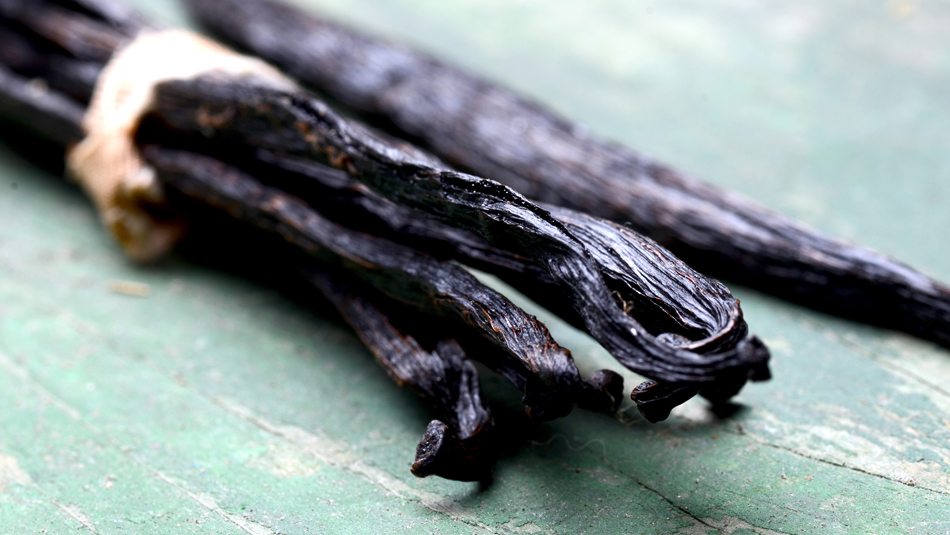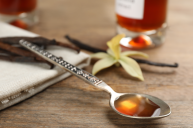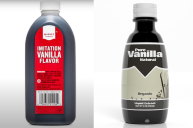Vanilla can be used in custard. It can be used in cakes and waffles and cocktails, too. You'll find it in beauty products and candles. Vanilla truly is versatile. Like most raw goods, there is your every day, low-quality vanilla and then the top-shelf stuff. The vanilla that your local pastry chef scoffs at, and then the stuff he or she yearns for. As versatile and desirable as vanilla may be, it's in a period of strange flux. A cyclone hit Madagascar in March, and since, natural vanilla price increases are now the new normal internationally with its global demand.
In 2015, a gallon of pure vanilla extract was $70. As people who have a fairly decent grip on what things cost, we don't think that's too darn bad. Back then, a kilogram (that's 2.2 pounds to you) of vanilla ran at about $100. Again, seems reasonable. We think.
Due to the natural disaster in Madagascar, though, a gallon of vanilla extract today costs $500. One kilogram is worth what six used to be, as it now costs around $600. That said, bakers, ice cream makers, and anyone else with a hand in the vanilla industry is feeling the pain. That cyclone, it seems, wasn't the only impetus causing this price spike.
The figures we provided for vanilla prices in 2015 came from an article by Eater. In that piece, Craig Nielsen, a man who knows his vanilla, cites some other reasons, too. Nielsen is the VP of Sustainability for Nielsen-Massey, a company that has been working in vanilla since 1907. It takes about three years for the vanilla plant to reach maturity and produce beans.
That said, back in 2007, vanilla wasn't as hot of a commodity as it is now. Farmers had no interest in spending literal years producing a crop that no one wanted. Thus, producers outside of Madagascar started stepping away from vanilla production. Fast forward to 2015, and vanilla was back "in" again. By that year, though, people wanted natural ingredients.
With demand increasing alongside a cry for pure, natural products, vanilla prices began to rise again. Pair those items with the cyclone and, well, yeah. You get it now.
So what does this mean for the future? Will coffee prices and cake prices and everything else increase alongside with raw vanilla? Nielsen thinks not. He believes that prices needed to increase, a bit, to keep the farmers willing to, well, farm. Eventually, as things even out, he hopes to prices return to "normalcy," whatever that may be.
This post was originally published in October 2017.





